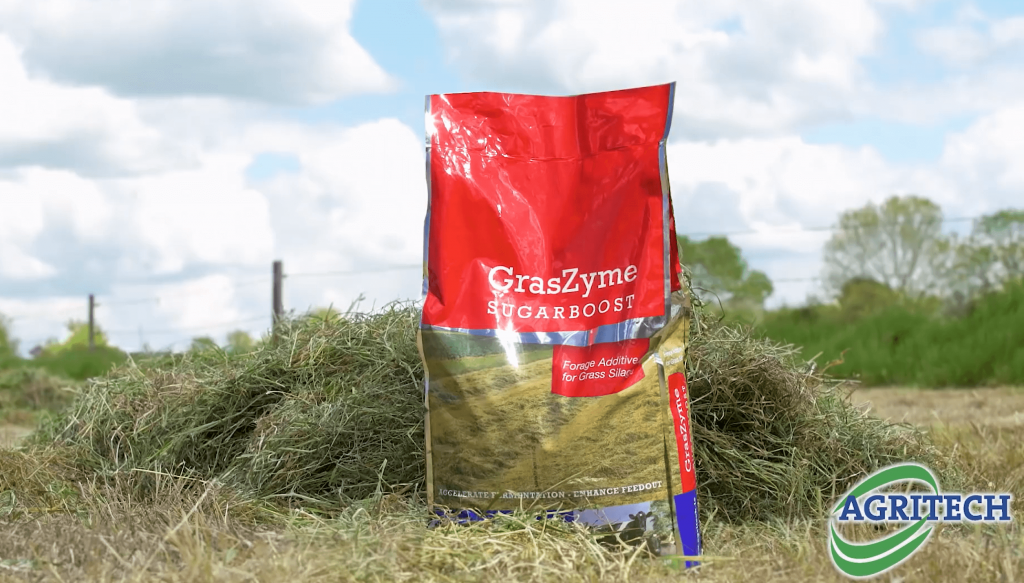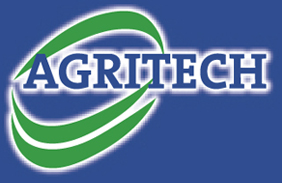Silage fields that have not been grazed or that were closed up before the end of March are already at or maybe even slightly beyond optimum quality. The question is ‘do I cut or do I wait?’
To answer the ‘cut or wait’ question, the key factors of quality silage must be taken into consideration. The first and most important factor is cutting date. The second one is the weather conditions. Thirdly, the application of a quality silage additive, and finally, having ticked off all of the above boxes, the silage clamp must be covered and sealed properly.
According to Agritech’s Sales Director, John Kenny, “deferring the cutting date too far may result in additional and unnecessary expense for farmers.”
“Farmers currently have excellent quality material for harvesting and it is a huge pity to let the current fine spell of weather pass without harvesting silage and possibly end up making lower DMD silage in poorer conditions later in the month.
“I am also concerned that when this spell of dry weather passes, there will be a surge of growth that will also draw more nitrogen up into the plant. This material when harvested, will bring its own issues with regards to fermentation and the making of a palatable feed for livestock”, says John.
With lengthy dry cow periods no longer in existence, quality silage is an essential requirement for the spring calving cow in late lactation and again when freshly calved, as it will help support early lactation body condition, milk yield and to allow the cow to return to cyclicity as quickly as possible.
For beef cattle, a daily live-weight gain of 0.6 kg is considered the optimum for winter performance where the animals are returning to grass in the spring. Quality silage will again play a key role in achieving this growth level.
Ensiling Process – Key to quality
“The application of a proven silage additive at ensiling is a very important part of securing as much of the quality in the winter forage as possible. It speeds up the preservation and retains more of the feed value within the pit, in addition to retaining more actual silage in the pit”, says John.

Agritech’s GrasZyme Sugarboost Forage Additive has long proven itself as an effective silage preservation aid. The unique technology used in the additive has been scientifically proven to reduce unnecessary plant breakdown and ensure reliability even in difficult low-sugar conditions.
GrasZyme Sugarboost is independently proven to deliver on key silage additive criteria, namely improved animal performance and reduced dry matter losses.
A total of 19 independent trials have been shown to deliver:
- + 1 litre of milk per cow per day and .09% milk protein increase
- + 110g daily live-weight gain in beef animals
- 6.1% reduction in dry matter losses
The reduction in dry matter losses alone will cover the cost of purchasing the silage additive, with the extra animal performance coming for free.
John concludes, “With farm margins ever reducing, it is no longer economical to use purchased concentrates to offset poorer quality silage. Farmers must now take the opportunity to make the most efficient use possible of homegrown forage and especially grazed grass and grass silage.”
Get in touch
All Agritech sales representatives and distributors are trained to assist farmers in getting the most from their silage. Assistance is available with choosing the best grass mixture, right up to the point of harvest and the use of a quality silage additive.
To find out more about, GrasZyme Sugarboost, click here
To find your local Agritech sales representative/distributor, click here


